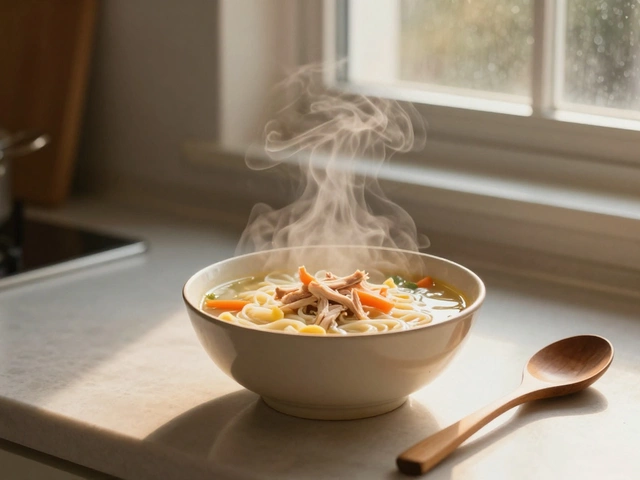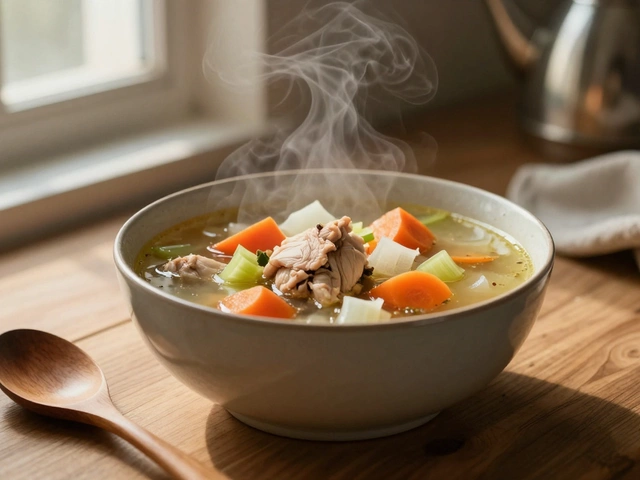Italian Food Secrets: Real Tips for Authentic Flavors
Ever wonder why a bowl of spaghetti in Italy tastes different from the one you make at home? It’s not just the sauce – it’s the whole approach. From picking the right pasta shape to how you finish a dish, Italians have a handful of tricks that keep their food simple, fresh, and unforgettable.
The Real Pasta Italians Eat
Most people think every Italian kitchen is stocked with endless shapes, but the truth is regional. In the north you’ll see a lot of tagliatelle and pappardelle, perfect for buttery sauces. Down south, orecchiette and trofie dominate, pairing well with hearty veggies and meat. The key secret? Italians match the pasta’s texture to the sauce’s weight. A light tomato sauce loves a thin strand like spaghetti, while a thick ragù needs a broad, porous noodle that can hold onto every bite.
Another tip is to always cook pasta al dente. That firm‑center bite is not just tradition – it helps the sauce cling better and prevents the noodles from turning mushy when they sit a few minutes before serving.
Classic Dishes and Simple Hacks
Think you need fancy ingredients for a classic carbonara? Nope. The magic lies in timing and quality. Use fresh eggs, Pecorino Romano, and a good amount of cracked black pepper. Toss the hot pasta with the egg mixture off the heat, so the eggs thicken without scrambling. That silky coating is the hallmark of a true carbonara.
For a quick Bolognese, start with a splash of olive oil, then brown minced meat until it’s deep brown – not just pink. That browning adds a layer of umami you can’t get from just simmering. Add a splash of milk early on; it softens the acidity of the tomatoes and gives the sauce a richer mouthfeel.
A little secret many forget is the finishing splash of pasta water. The starch in that water binds the sauce and pasta together, creating a glossy finish without butter or cream.
Another easy hack is to toast your dried herbs for a few seconds in the pan before adding liquid. It releases the oils and gives the dish a brighter, more aromatic profile.
When it comes to seasoning, Italians rely on salt to bring out flavors, not just at the boil. A pinch of sea salt in the sauce, plus a final taste before serving, ensures every bite is balanced.
Finally, serve dishes immediately. Italian meals are meant to be enjoyed hot and fresh, so avoid letting the pasta sit too long. If you need to keep it warm, toss it with a tiny drizzle of olive oil and cover lightly.
By following these simple secrets – picking the right pasta, cooking al dente, using quality basics, and respecting timing – you can bring a genuine taste of Italy to any kitchen. Try one tip today and notice the difference right away.

Rarest Pasta in Italy: Discovering Obscure Italian Pasta Types
by Landon Weathers / 23 Jul 2025Uncover Italy's rarest pasta, explore its history, why it's so difficult to find, and get tips on how you might taste the most mysterious noodles in existence.




